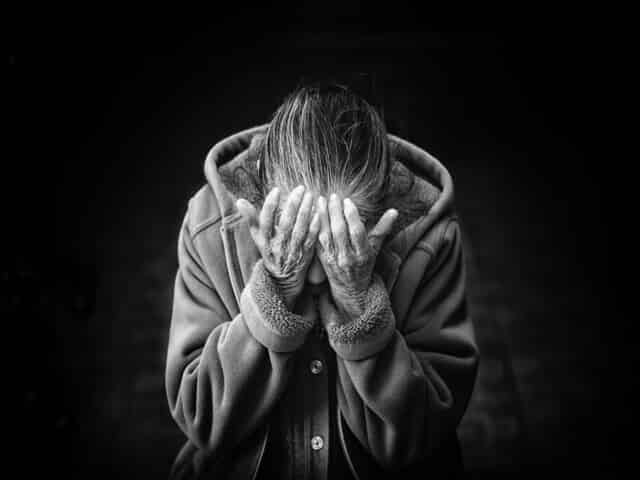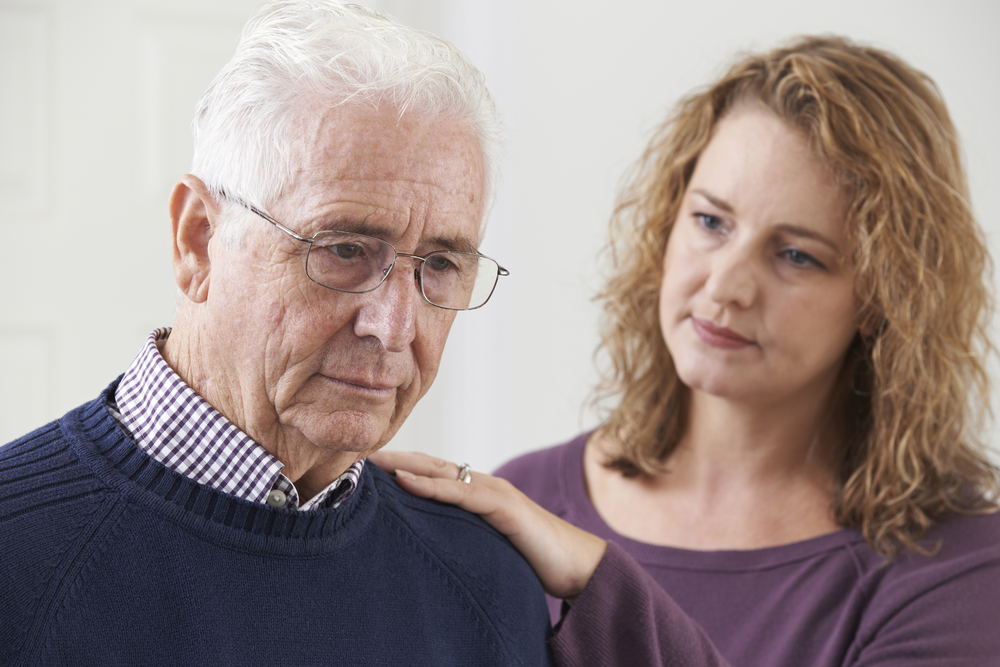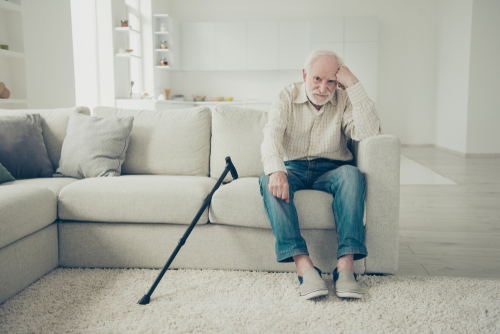Depression in Seniors: Elderly Mental Health
Category:

Throughout our lives, our mental health has a close relationship to our physical health. But in our senior years, that relationship can become more pronounced. Putting aside the quality of life concerns for the moment, depression can be quite dangerous. Especially when combined with comorbid conditions – which can both cause depression, make depression worse, and even predict worse medical outcomes.
The CDC estimates depression affects as much as 5% of the elderly population or as high as 13.5% of those who require home care. Unfortunately, nailing down a precise figure is difficult, since depression is both underdiagnosed and frequently untreated. But the good news is that there are treatment options for depression in elderly folks, and there are several opportunities for loved ones to help.
Depression in Seniors
The elderly and depression aren’t strangers. Stressors can be more common later in our later years. Reduced mobility, fragility, chronic disease, pain, bereavement, elder abuse, socioeconomic decline – age can bring more than a few challenges.
Precisely how large is the problem? The CDC estimates depression affects as much as 5% of the elderly population or 13.5% of those who require home care. But nailing down a precise figure is difficult because depression is both underdiagnosed and frequently untreated.
Part of the issue is that it’s easy to overlook symptoms as they occur alongside comorbid conditions. They can also be easy to mistake for the side effects of medications. There’s even some overlap between the symptoms of dementia and depression, which can confuse things further. But unlike with dementia, mental decline in depression occurs quicker, motor skills remain slow but normal, and depressed people notice their memory problems.
Signs of Depression in Elderly Populations
Everyone is sad once in a while, but when does it become depression? Mental health professionals generally say at least two weeks during which time a person experiences a depressed mood. The most common signs of depression in elderly populations include:
- Poor sleep
- Difficulty focusing
- Loss of interests
- Social withdrawal
- A general feeling of sadness
- Persistent anxiety over wellbeing
- Unintended weight change
Depression in Elderly Adult Treatment Options
While there’s no silver bullet that can wipe away depression in an afternoon, there are many excellent options. Cognitive-behavioral therapy has proven effective at helping seniors rid themselves of thinking matters which contribute to depression. Support groups are shown to help those who are experiencing similar issues.
As the causes of depression are widely varied, so must be the solutions. In some cases, those solutions might be as simple as basic life changes. In other words, diet and exercise. It can also help to schedule outings and weekly social visits, provide assistance with transportation needs or meal preparation, or otherwise find small ways to provide support for aging loved ones.
Download Our Guide to Dealing With Elderly Anger
Elderly Mental Health Management
Depression in seniors can cause considerable impairment to their ability to function. Older adults can be reluctant to speak about their depressed feelings. For those living in isolation, it can be even more challenging to ask for help. That can be a dangerous combination. But like our physical health, our mental health can be improved with the right approach to treatment. With seniors, that often means developing strategies that provide them with more agency, security, and social support.
Subscribe
Date: September 30, 2021
Category:


